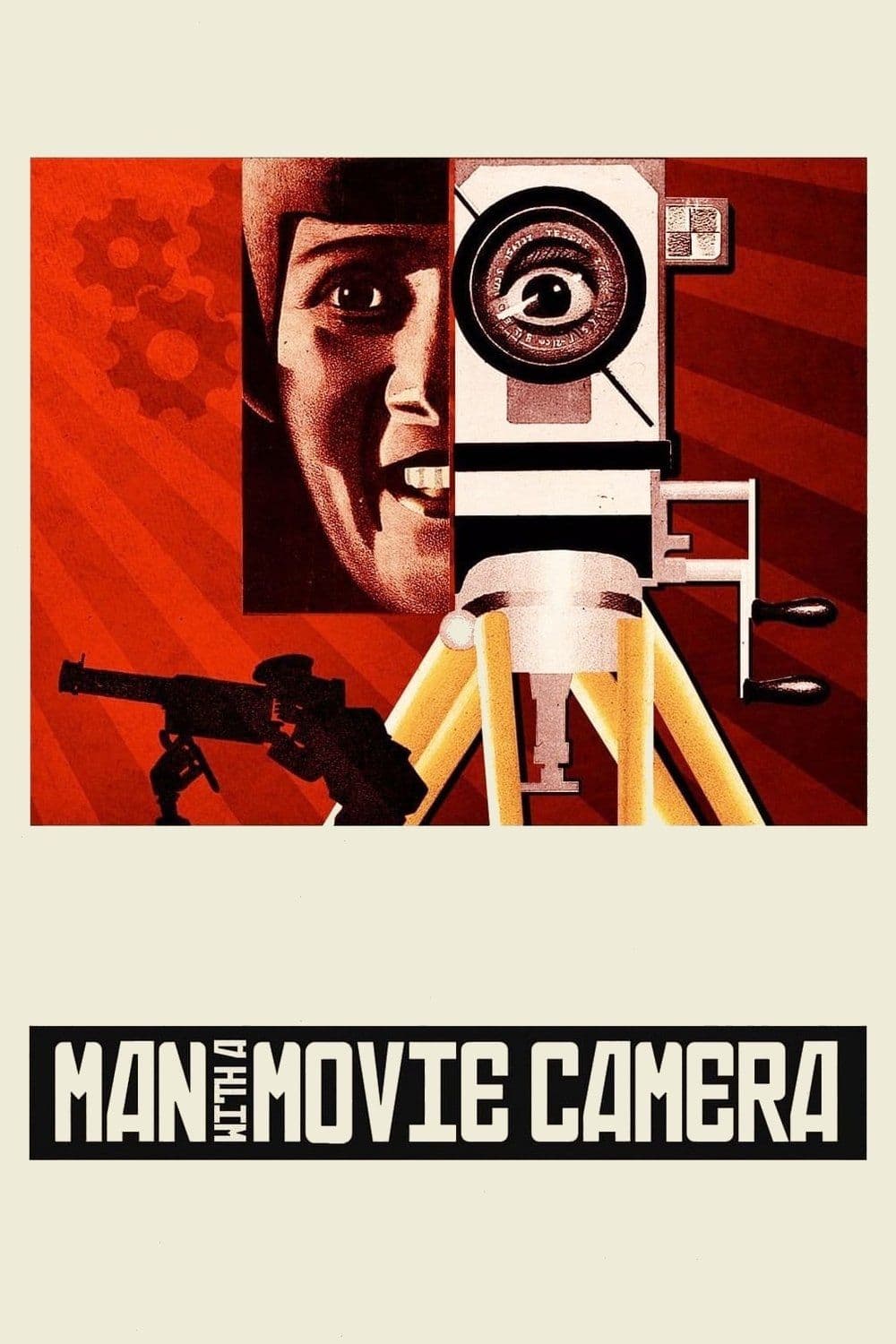
Man with a Movie Camera
1929
Rate this movie
Average: 0.00 / 5
(0 votes)
Director
When Vertov conceived and created a documentary project in 1929, he thought not so much about the artistic outcome, but the social one: he set himself the goal of exalting the daily life of Russian proletarians, the true engine of the economic and political revolution of the Land of the Soviets. Today, we look at his work with a critical eye and cannot fail to acknowledge the immense aesthetic value it contains and unfolds. In essence, Vertov created a bold and revolutionary cinematic undertaking, an explosion of visual energy that transcends the boundaries of documentary to become an authentic urban symphony. Vertov's initial intent, a fervent supporter of cinema as an instrument of propaganda and social education, was to celebrate the daily life of Soviet workers, capturing their dynamism and vitality. But his vision, far-sighted and innovative, went far beyond simple documentary realism, giving rise to a work that still amazes today for its modernity and expressive power. Vertov's ambition, after all, had never been to offer a mere "report" of reality. A founding member of the "Kinoks" (Cine-Eyes) group and author of incisive manifestos such as "The Cine-Eye" and "The Resolution of the Kinoks," he advocated a radical break with every form of narrative cinema, of "cine-drama" or "cine-poison," accused of anesthetizing the spectator and reproducing bourgeois schemas. For Vertov, cinema had to be a science, a "decipherer" of the world, capable of revealing a truth inaccessible to the human eye, a "communist" truth inherent in the flow of life. Not just celebration, then, but an authentic attempt at the reorganization of perception, a visual grammar for the new society.
Filmed in the streets of Moscow, Kyiv, and Odesa, the film follows the "cine-eye," or the mechanical eye of the camera, on its journey through the city. Vertov, with frenetic and innovative editing, captures the hustle and bustle of urban life, the incessant rhythm of factories, the continuous flow of people and transportation. The eye of the camera permeates everywhere, scrutinizing reality from unusual angles, capturing unexpected details, multiplying points of view. Through the use of techniques such as slow motion, fast motion, superimpositions, and cross-dissolves, Vertov creates a hypnotic and immersive visual experience that transcends the simple representation of reality to transform it into an abstract work of art. The "cine-eye" is not passive; it is an active protagonist, a kind of super-organ that decomposes and recomposes the visible, revealing life's "hidden interconnections." The camera does not merely record, but "organizes" the world, showing work, rest, joy, and fatigue as elements of a grand collective mechanism. It is fascinating to note how, despite the technical limitations of the era – such as the heaviness of the equipment and the complexity of the film stock – Vertov and his team, including cinematographer Mikhail Kaufman (his brother) and, crucially, editor Elizaveta Svilova (his wife), managed to achieve a fluidity and dynamism that defied the conventions of the time. Svilova, in particular, was not a mere assembler, but a fundamental co-creator, the "master of editing" who gave rhythm and structure to the torrential flow of images, infusing the film with what Vertov himself called a "visual symphony." The presence of the cameraman, reflected in glasses or emerging from impossible angles, becomes an integral part of the film itself, a meta-cinematic affirmation of the act of seeing and building.
Vertov, with his radical experimentation, demonstrated the immense potential of cinematic language, freeing it from the constraints of traditional narration and paving the way for new forms of artistic expression. His work, an ode to modernity and the dynamism of urban life, has influenced generations of filmmakers, from Jean-Luc Godard to Chris Marker, up to the present day. Man with a Movie Camera remains a film of extraordinary visual power, a unique sensory experience that continues to challenge and astound contemporary viewers. A seminal film that also provided a precise perception of the potential of a camera aligned with a subtle genius. Editing, from this perspective, is not just a means of assembling images, but becomes a fundamental creative element. Vertov uses editing rhythmically and dynamically, creating surprising visual associations and playing with time and space. The film's aesthetic is influenced by Constructivism, an artistic movement that celebrated technology and modernity. Geometric forms, straight lines, and contrasts of light and shadow contribute to creating a dynamic and avant-garde atmosphere. This influence is not limited to the purely visual aspect; Constructivism, with its emphasis on art as social engineering and on functionality, perfectly aligns with Vertov's idea of cinema as a tool for the construction of a new reality and a "new man." The film does not tell a story, but constructs an experience. Its reception, however, was not uniform: while on the one hand it was acclaimed as an avant-garde masterpiece, on the other it was criticized by colleagues like Eisenstein, who called it a "cine-eye without content," too formal and not incisive enough in its direct political value. Yet, its stylistic and conceptual audacity opened up unexplored horizons. Godard, with his Nouvelle Vague, echoed Vertov's freedom from the narrative yoke, the use of jump cuts, the irreverence towards bourgeois conventions, and the ability to blend documentary with social observation. Chris Marker, master of the film essay, inherited the propensity to explore the evocative power of nonlinear images, the ability to capture the soul of places and people beyond any forced dramatization. Even the language of music videos and much contemporary video art owes much to his fragmented, rhythmic, and superimposed aesthetic. In conclusion, Vertov's film, while deeply rooted in its historical context, is a work that transcends time. Its reflection on the relationship between man and machine, on urban life, on the power of images, remains extraordinarily relevant and is still capable of captivating and surprising us today, an authentic monument to the inexhaustible potential of the cinematic medium.
Main Actors
Genres
Country
Gallery
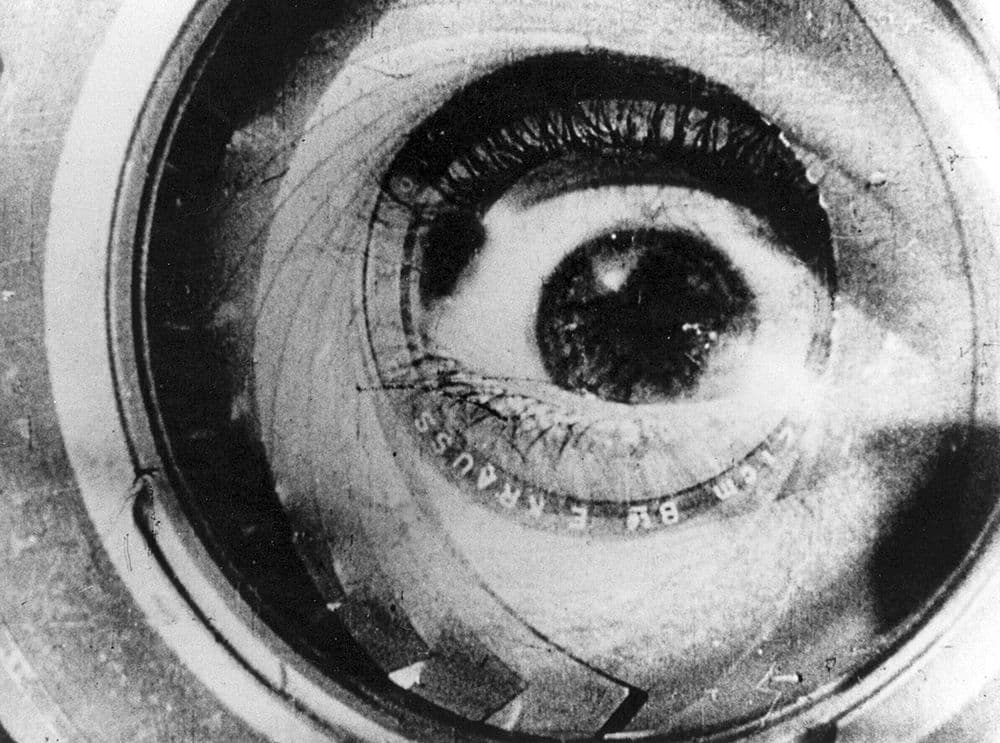
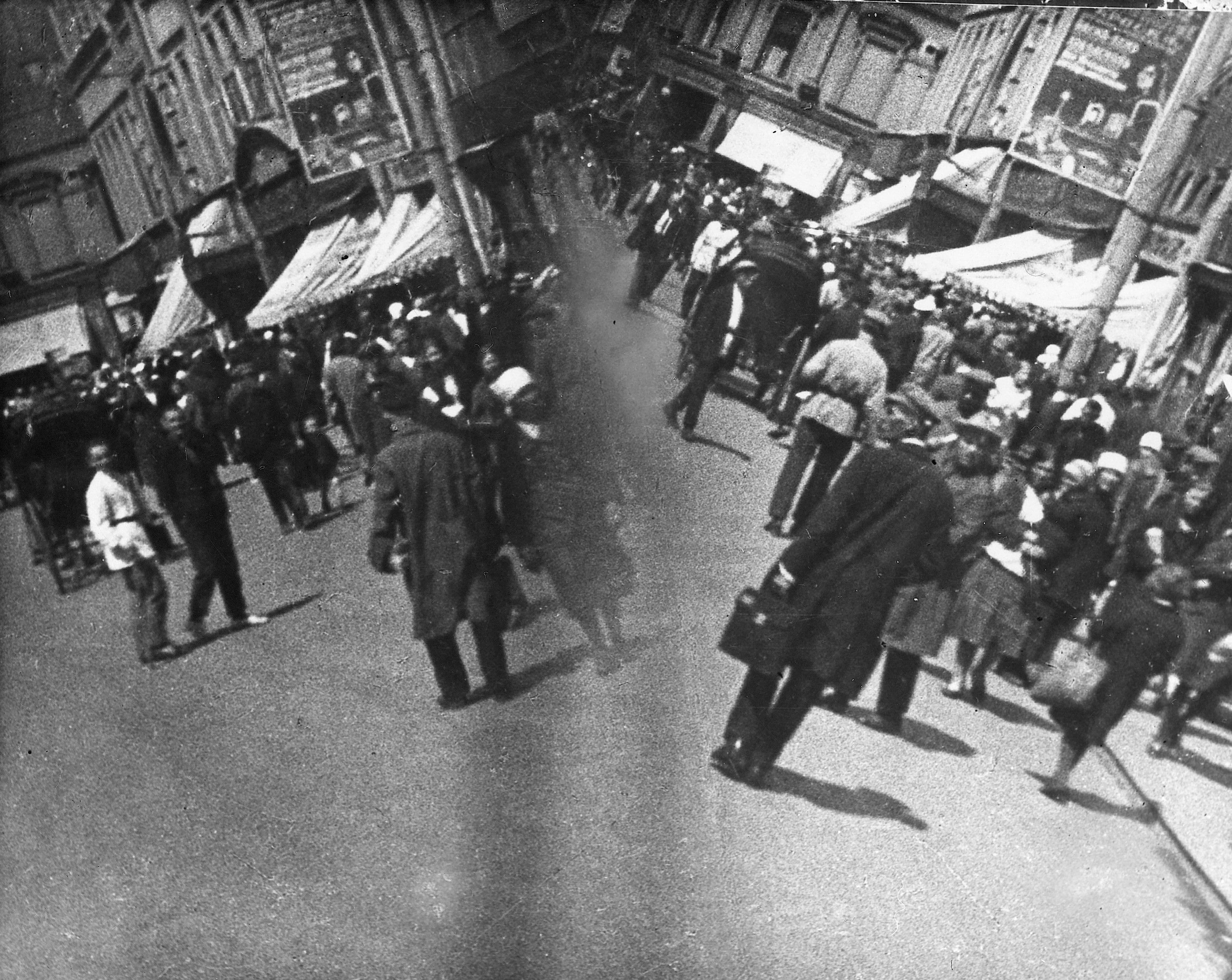
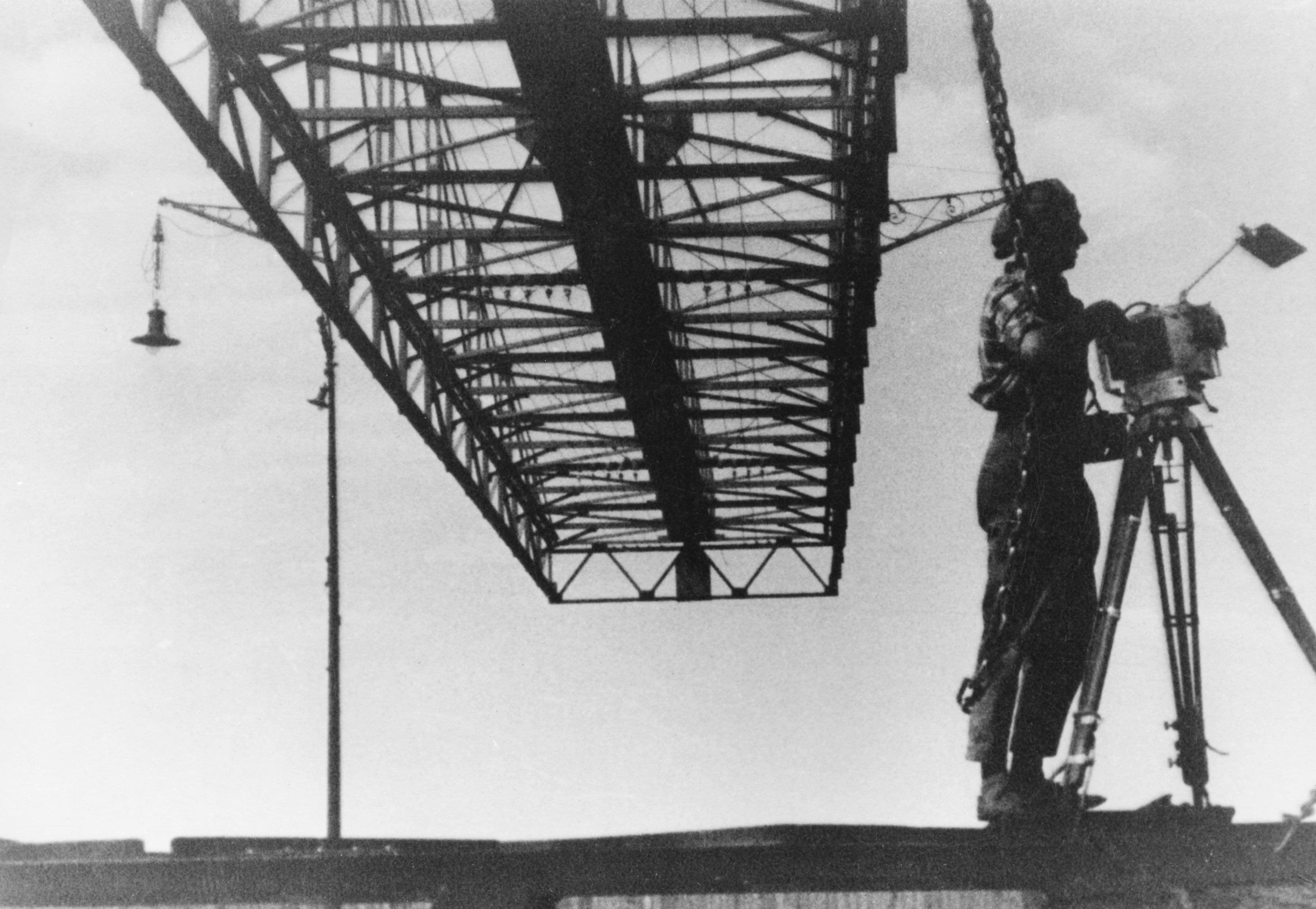
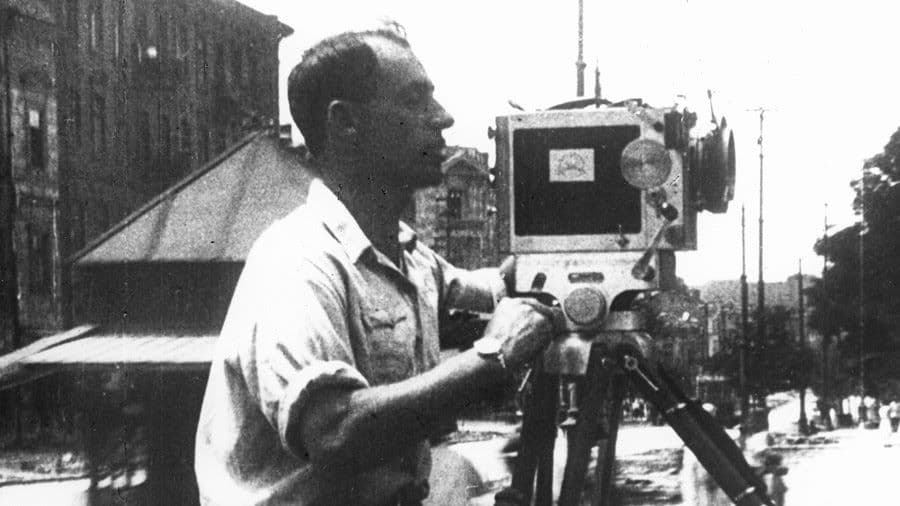
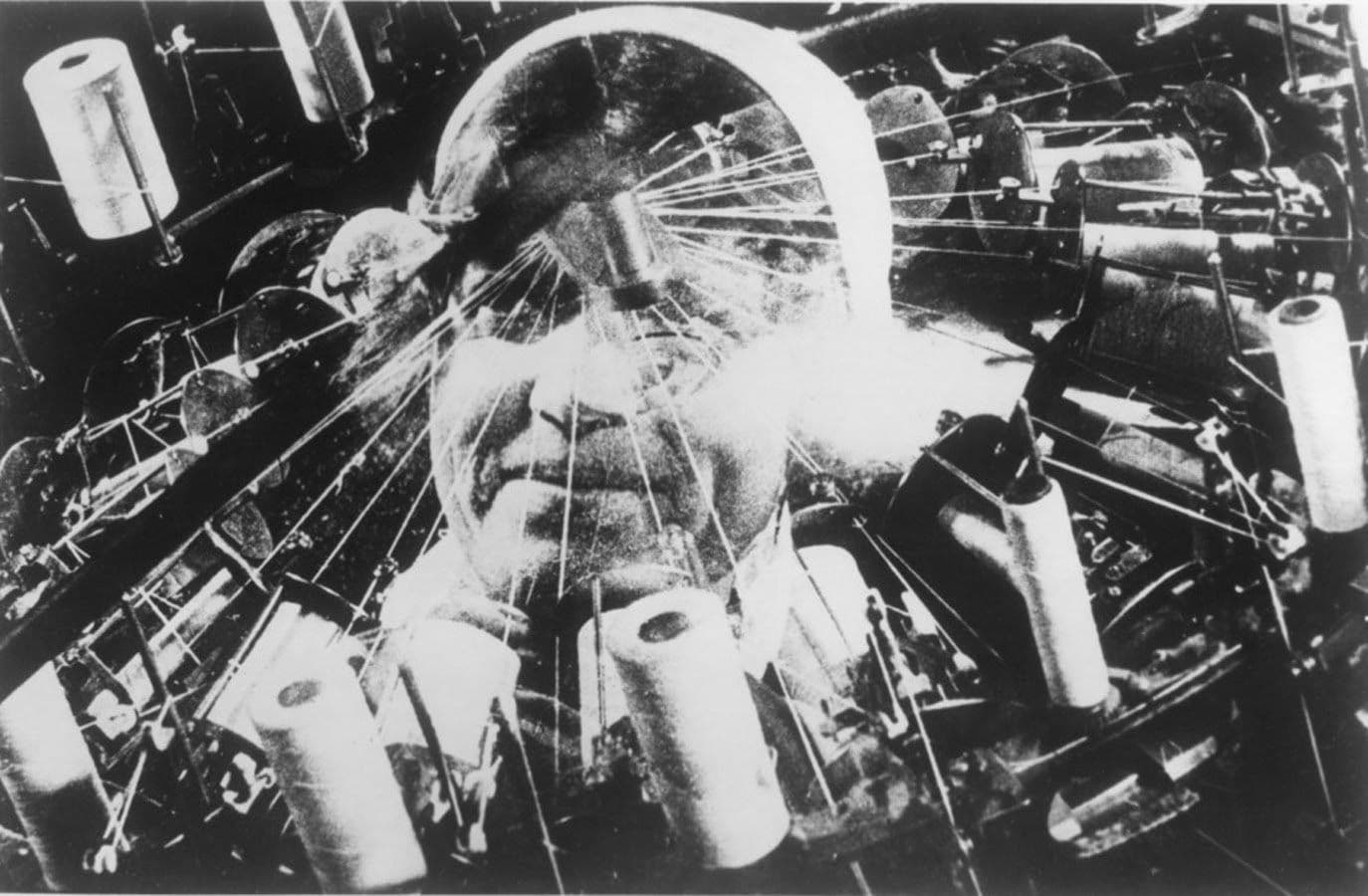
Featured Videos
Official Trailer
Comments
Loading comments...